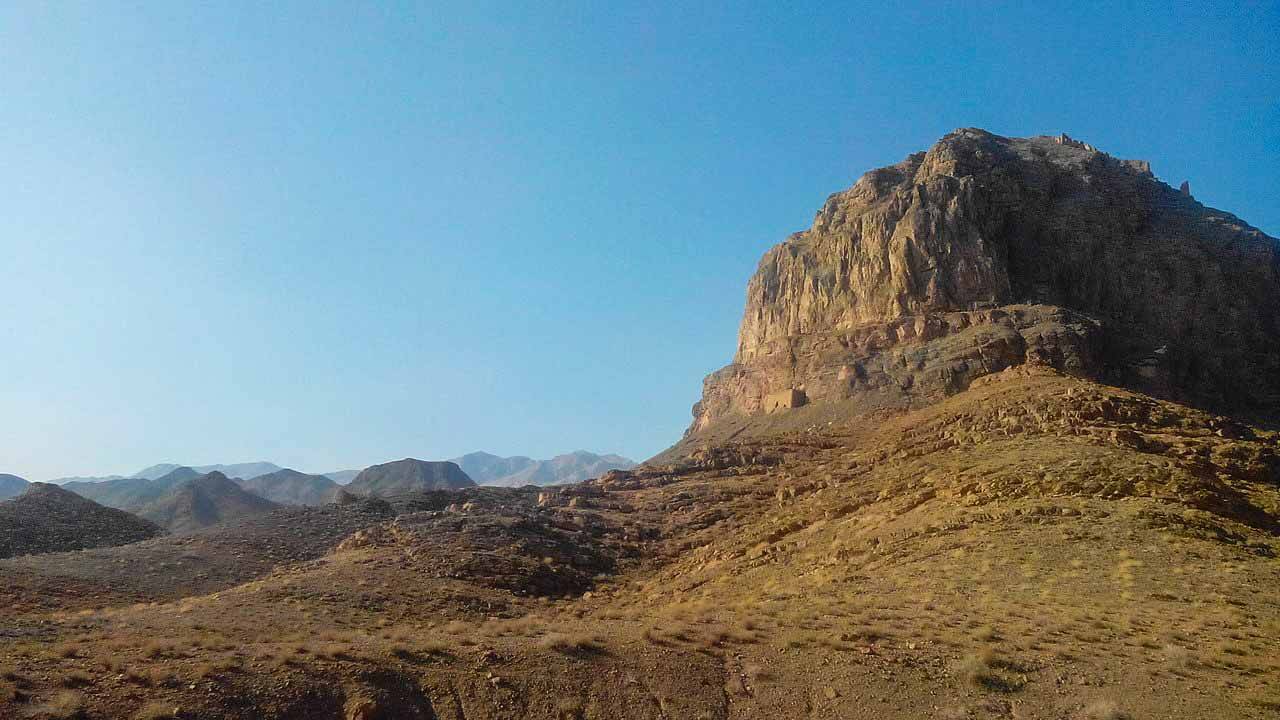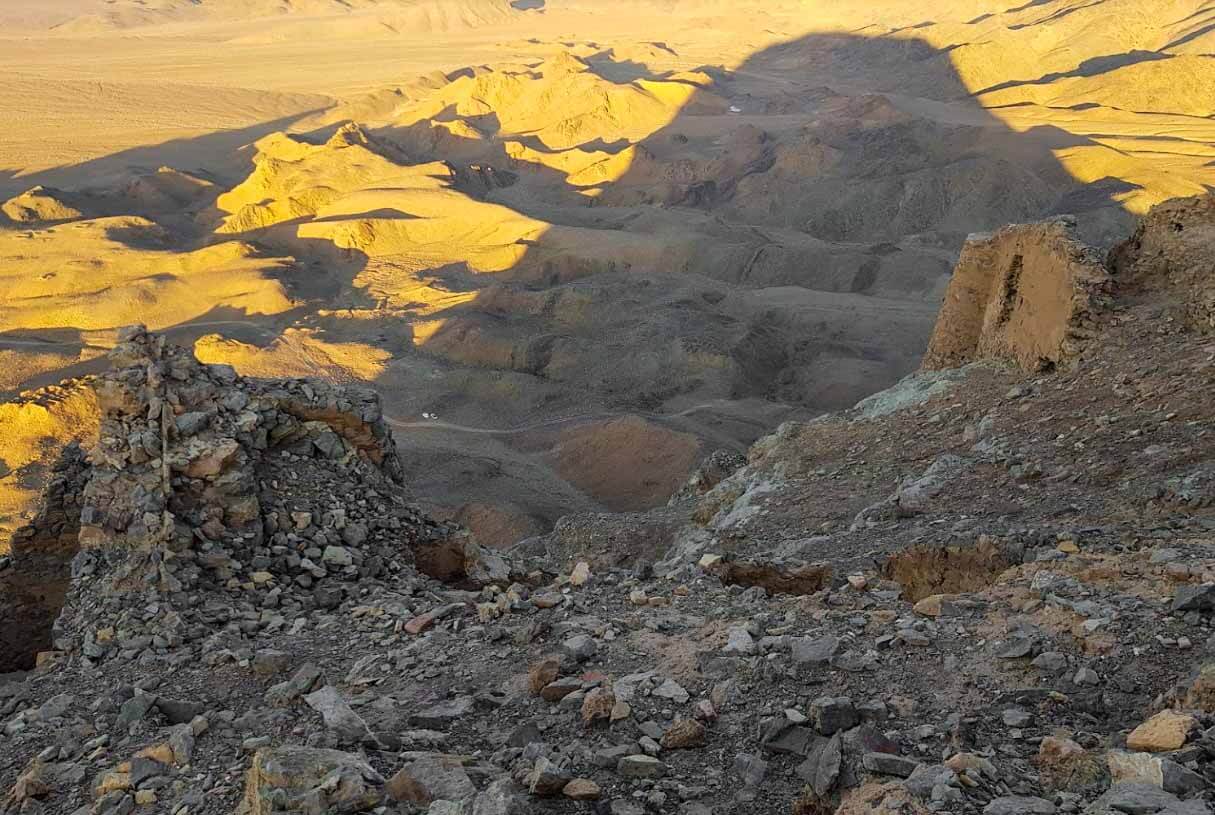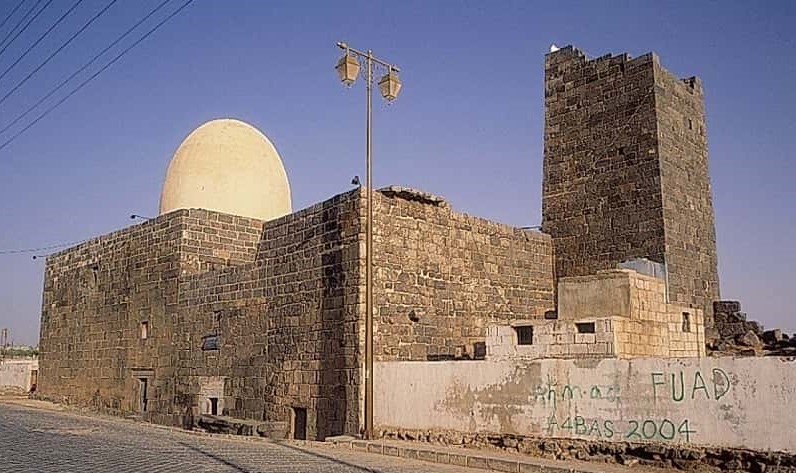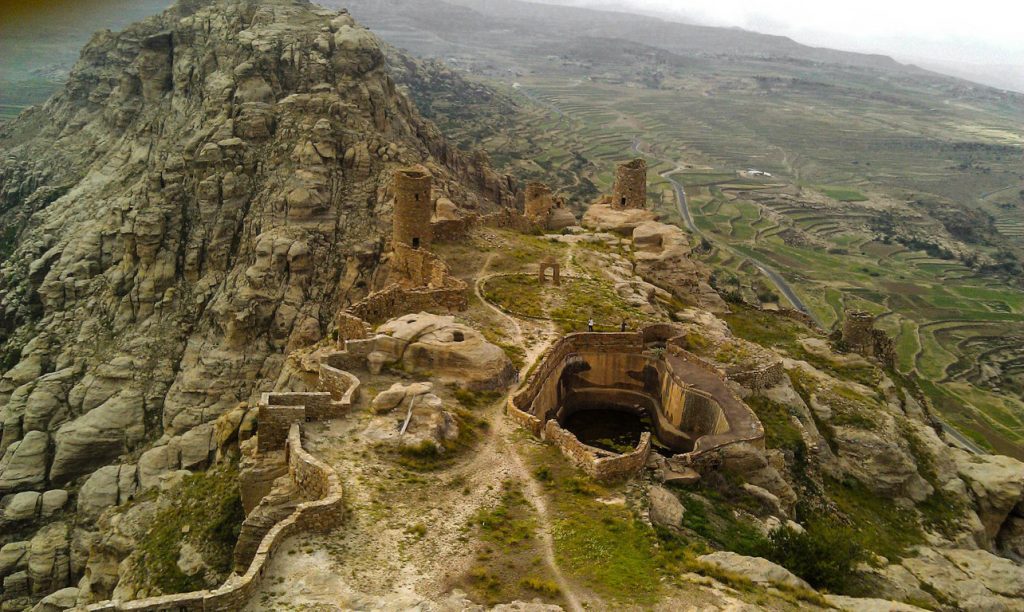Qumis, Semnan – Iran
Coordinates: 36.161463, 54.156324
Gerdkuh was a castle of the Nizari Isma’ili state located near Damghan in the region of Qumis (modern-day Semnan Province of Iran).
It was originally a small fort acquired and refortified in 1096 AD by a Seljuq commander who was secretly a Nizari.
Gerdkuh was situated on the Khorasan Road and guarded the routes toward the Alborz mountain range.
It was refortified and transferred into the Nizari Isma’ili possession in 1100 by Ra’is Mu’ayyad al-Din Muzaffar ibn Ahmad Mustawfi, a secret Isma’ili convert and lieutenant of the Seljuq emir Amirdad Habashi, who in turn had acquired Gedrkuh in 1096 from Sultan Barkiyaruq.
Now under Hassan-i Sabbah, Muzaffar continued as the commandant of the stronghold until being succeeded by his son Sharaf al-Din Muhammad.
Muzaffar reportedly dug an extremely deep well in the fort but did not reach the water. Years later, water gushed out after an earthquake.
As Halaku’s main army was advancing in Iran, Khurshah ordered Gerdkuh and fortresses of Quhistan to surrender.
The Nizari chief in Gerdkuh, Qadi Tajuddin Mardanshah, surrendered, but the garrison continued to resist.
In 1256, Maymun-Diz and Alamut surrendered and were destroyed by the Mongols, resulting in the official disestablishment of the Nizari Ismaili state.
Khurshah was in the custody of the Mongols. As his position became intolerable, he asked Halaku to be allowed to go meet Möngke in Mongolia to persuade the remaining Ismaili fortresses to surrender.
Möngke rebuked him due to his failure to hand over Lambsar and Gerdkuh, and ordered a general massacre of all Nizari Ismailis, including Khurshah.
Gerdkuh resisted the Mongol invasion of 1253 AD for 17 years, becoming the last Nizari stronghold in Persia to fall.











